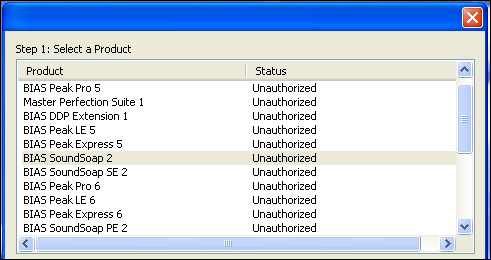
I just love the convenience of having it there in my Autoload template song, always pre-configured for use." Dave Lockwood I try to use no more than a couple of reverbs in a mix these days, generally a small room and a vocal plate, and Space Designer does both perfectly well. If you have fairly modest reverb requirements, like me, you probably don't need to look any further.

After hearing Blueverb 's Lexicon PCM80 emulation I immediately consigned my last remaining hardware reverb to eBay." Nick RowlandĪpple Logic Space Designer: " Logic 's built-in convolution reverb isn't bad at all.

To my ears, it has 'that sound' - lush and controlled without ever being grainy.

If you're looking to use reverb as an artificial creative effect, rather than to provide natural ambience, this is the one. Nomad Factory Blueverb: " Blueverb aims to emulate the sound of those expensive digital reverbs of the '80s, and it succeeds brilliantly. It's a great step up in quality from the majority of the algorithm-based reverbs that most of us in 'project studio land' have had to manage with until quite recently." John Walden I find that Pristine Space provides a real sense of the acoustic space that a sound is supposed to be sitting in. Voxengo Pristine Space: "I use Pristine Space as a result of being very impressed by it when reviewing it for SOS. " SIR is a convolution plug-in that gives you immediate access to all kinds of spectacular reverb impulse responses freely downloadable from the Internet." Mike Senior This is quite possibly the best freeware effect plug-in around." Matt Houghton I suggest trying one using plenty of cymbals, and then hitting reverse. It seems to work particularly well with rhythmic samples like drum loops in place of the IR. I like to grab any short sample at random and load it into SIR: your chances of coming up with a cool effect are pretty good. You can also shape the envelope of the IR, change the length and reverse it. It plugs the convolution reverb gap in Cubase really well, but it is capable of far more than reverb: you can load impulses of guitar cabinets, EQ units and so on, and while it doesn't act dynamically it gives a good approximation. "It's free, its easy to use and - when loaded with good impulse responses (IRs) - it sounds great. If we stranded the SOS team on a desert island, these would be the plug-ins they'd hope got washed up on the beach - along with a computer, some monitors and a solar power generator, and all miraculously unharmed by their sea voyage.

Well, we can't tell you which plug-ins you're going to like and use the most - but we can tell you which effect and processing plug-ins the team of expert Sound On Sound staff and contributors find themselves turning to again and again as they record, mix and generally make music, because we've asked them. But with what seems like about a million of them on the market, in freeware, shareware and commercial varieties, how can you know which ones are really the cream of the crop, aside from spending half your life downloading and auditioning demos? These days it's probably true to say that the average computer-based musician wouldn't want to do without plug-ins. Just a few years ago, the word 'plug-in' didn't intrude much into the average computer-based musician's vocabulary. Which effects and processing plug-ins do the Sound On Sound experts love the best? We asked, they answered.


 0 kommentar(er)
0 kommentar(er)
